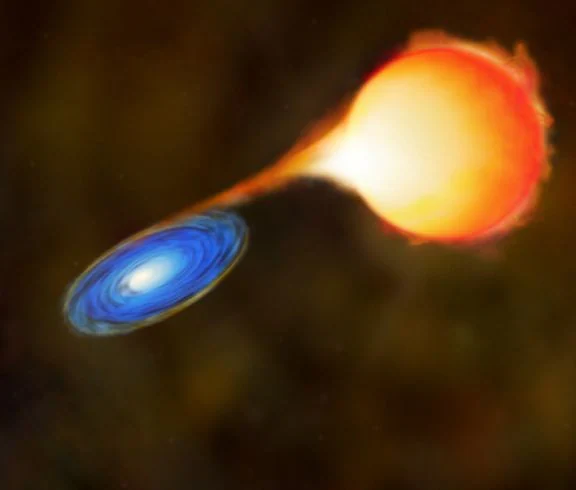
Astronomers at the University of Sydney have found a slimmer type of red giant star for the first time. These stars have undergone dramatic weight loss, possibly due to the presence a greedy neighbour. Published in Nature Astronomy, the discovery is an important step forward to understanding the life of stars in the Milky Way – our closest stellar neighbours.
There are millions of ‘red giant’ stars found in our galaxy. These cool and luminous objects are what our Sun will become in four billion years. For some time, astronomers have predicted the existence of slimmer red giants. After finding a smattering of them, the University of Sydney team can finally confirm their existence.
“It’...
Read More







Recent Comments